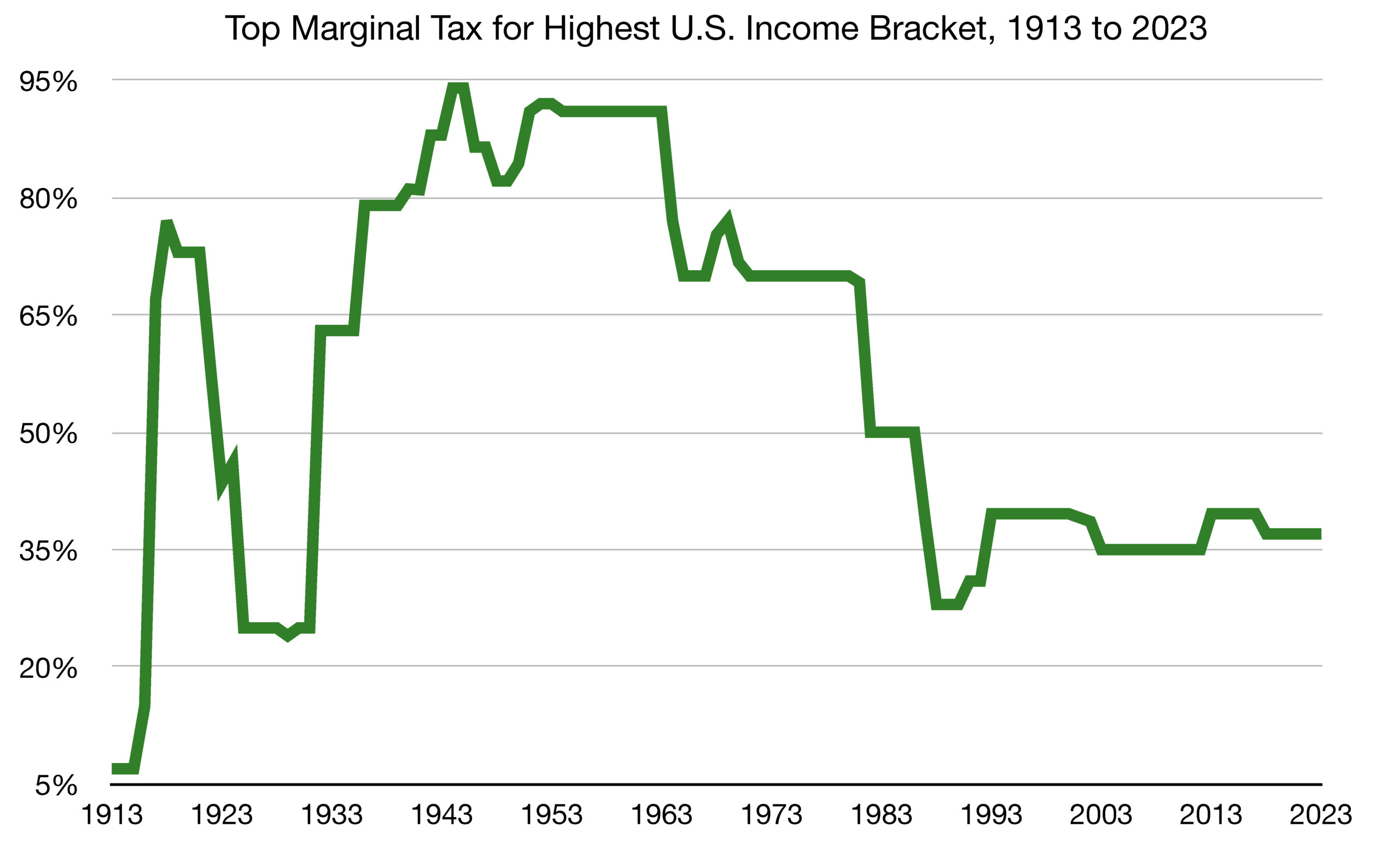
Stock Indices:
| Dow Jones | 42,270 |
| S&P 500 | 5,911 |
| Nasdaq | 19,113 |
Bond Sector Yields:
| 2 Yr Treasury | 3.89% |
| 10 Yr Treasury | 4.41% |
| 10 Yr Municipal | 3.31% |
| High Yield | 7.26% |
YTD Market Returns:
| Dow Jones | -0.64% |
| S&P 500 | 0.51% |
| Nasdaq | -1.02% |
| MSCI-EAFE | 17.30% |
| MSCI-Europe | 21.20% |
| MSCI-Pacific | 10.50% |
| MSCI-Emg Mkt | 8.90% |
| US Agg Bond | 2.45% |
| US Corp Bond | 2.26% |
| US Gov’t Bond | 2.44% |
Commodity Prices:
| Gold | 3,313 |
| Silver | 33.07 |
| Oil (WTI) | 60.79 |
Currencies:
| Dollar / Euro | 1.13 |
| Dollar / Pound | 1.34 |
| Yen / Dollar | 144.85 |
| Canadian /Dollar | 0.72 |
Macro Overview
The Federal Reserve continued on its steepest rate increase path since the early 1980s. Political pushback against the Fed built as criticism regarding the rate hikes became a focal issue. October saw a weaker U.S. dollar helping to propel stocks higher, as multi-national U.S. companies benefit due to overseas sales.
The U.S. Bureau of Economic Analysis released third-quarter results for real GDP, revealing a 2.6% annualized quarterly growth rate that followed two consecutive quarters of negative growth, which by many economists’ standards is the official definition of a recession. The recent growth numbers don’t necessarily mean that the economy shifted to growth mode, but rather that GDP is simply holding steady. With consumer spending accounting for nearly 70% of GDP, inflation is placing additional pressure on American consumers.
Recent comments by the Federal Reserve indicate that it may consider a more cautious pace of rate hikes as economic activity reacts to the rapid rise in interest rates. With uncertainty regarding the Fed’s interest rates increases and the growing expectation for them to pivot, the dollar has slightly fallen from all-time highs relative to the euro and pound.
The International Monetary Fund’s most recent World Economic Outlook projected that the global economy has become “gloomy and more uncertain” as a result of inflation, rising rates, and the war in Europe. Revised projections heading into 2023 show less economic growth for most countries, with Russia expecting negative growth. U.S. growth estimates show minimal economic expansion over the next year.
Sources: Federal Reserve, IMF World Economic Outlook Oct 2022, Treasury Dept., Bureau of Labor Statistics, Bloomberg
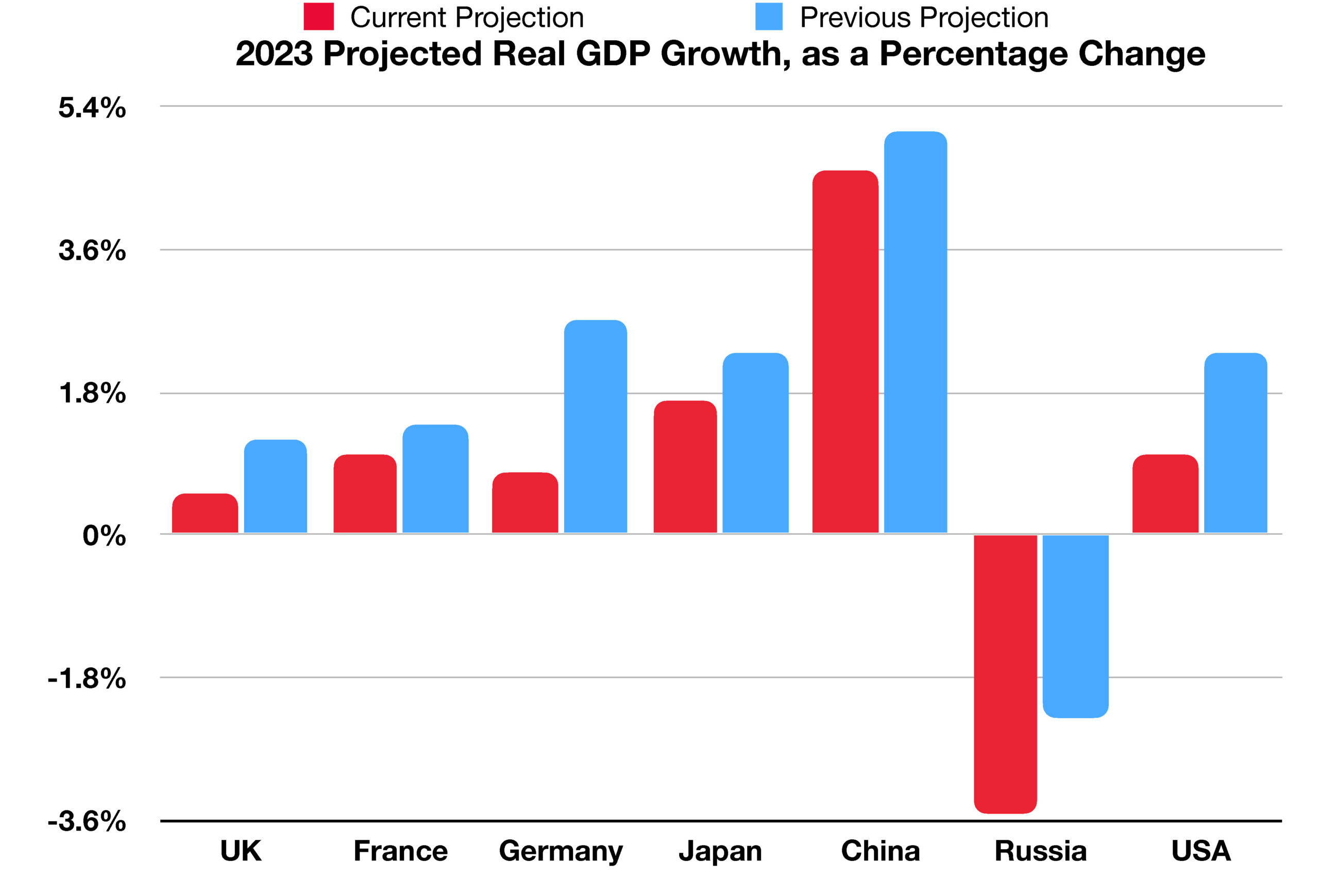
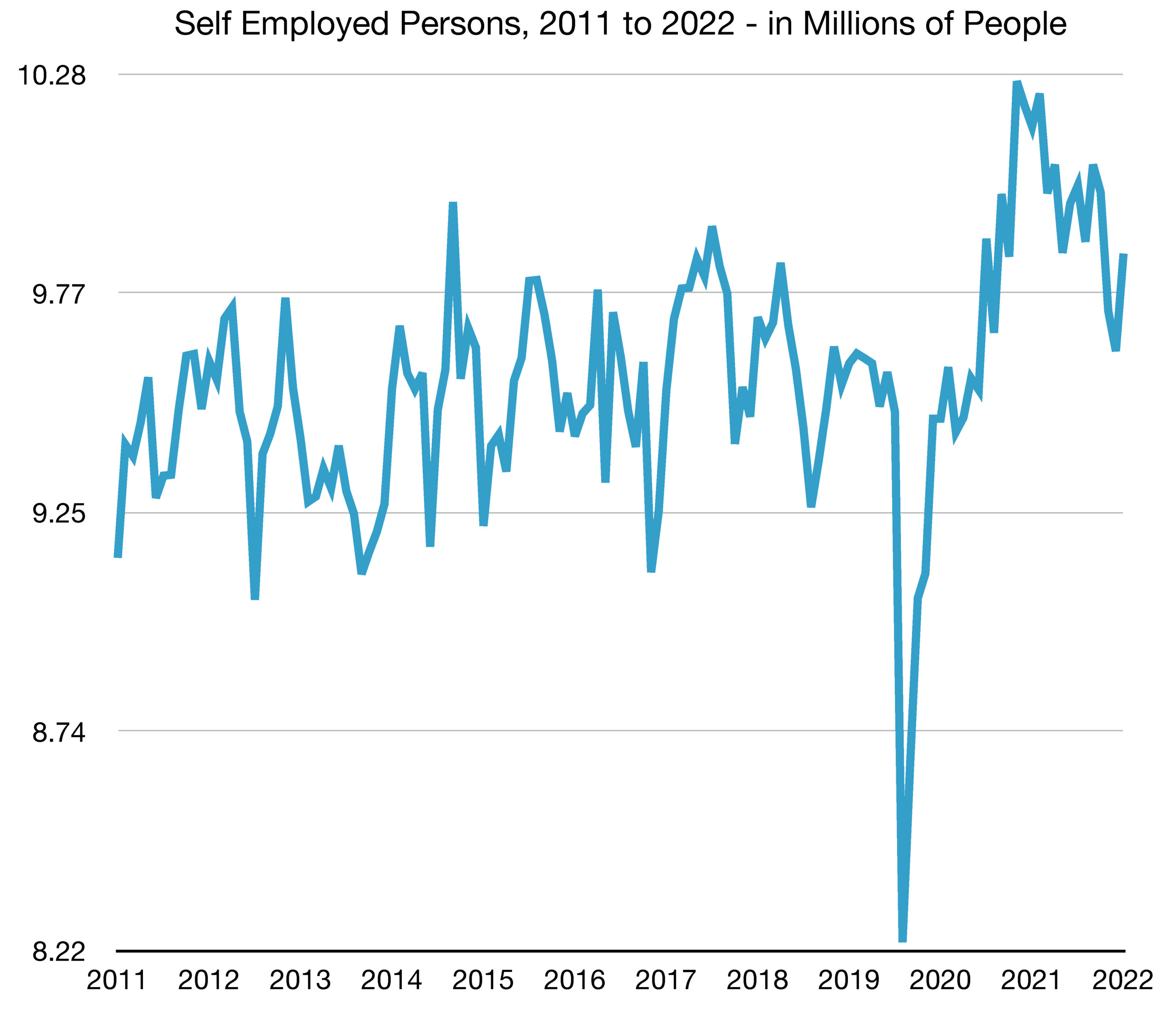
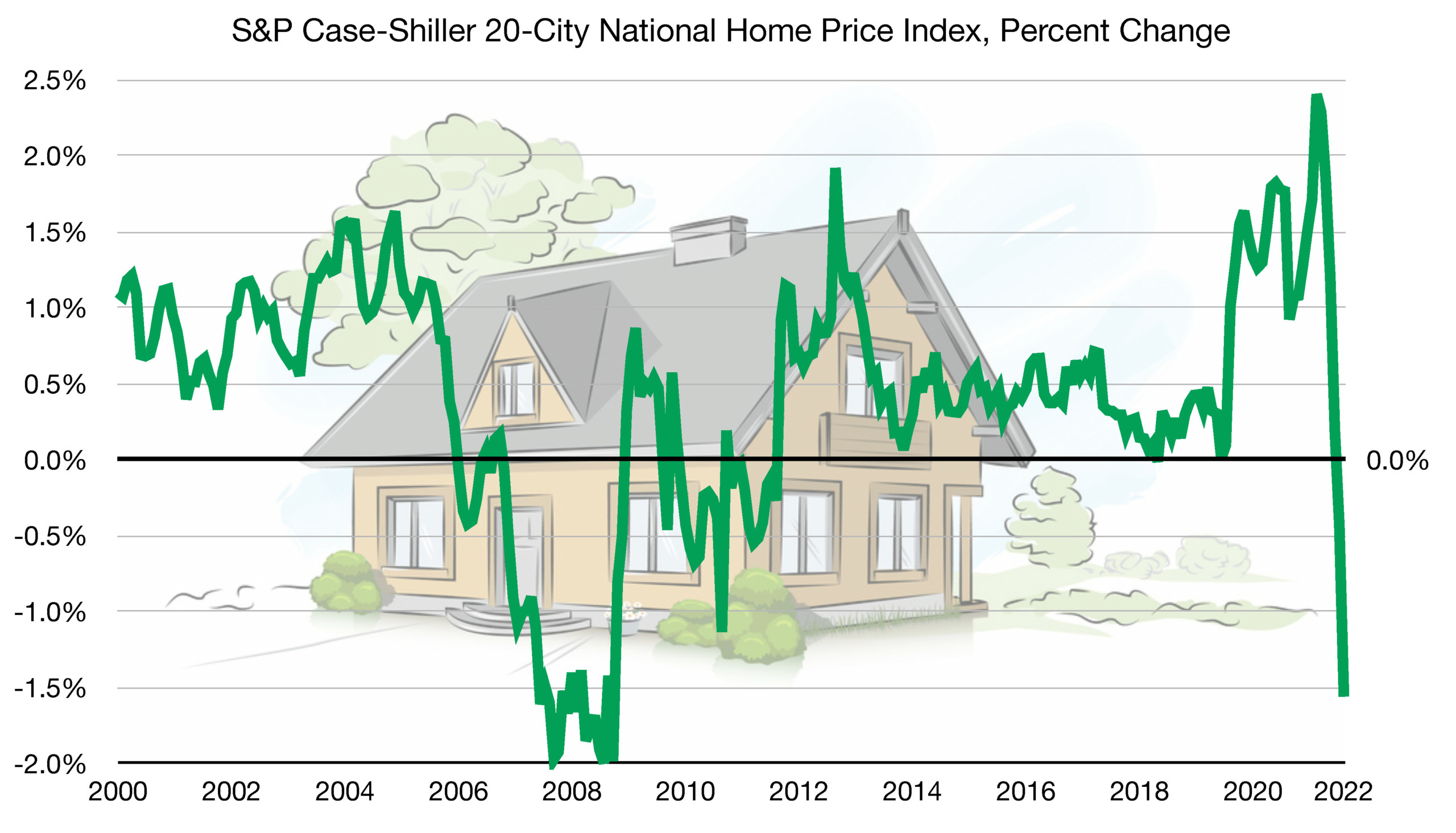
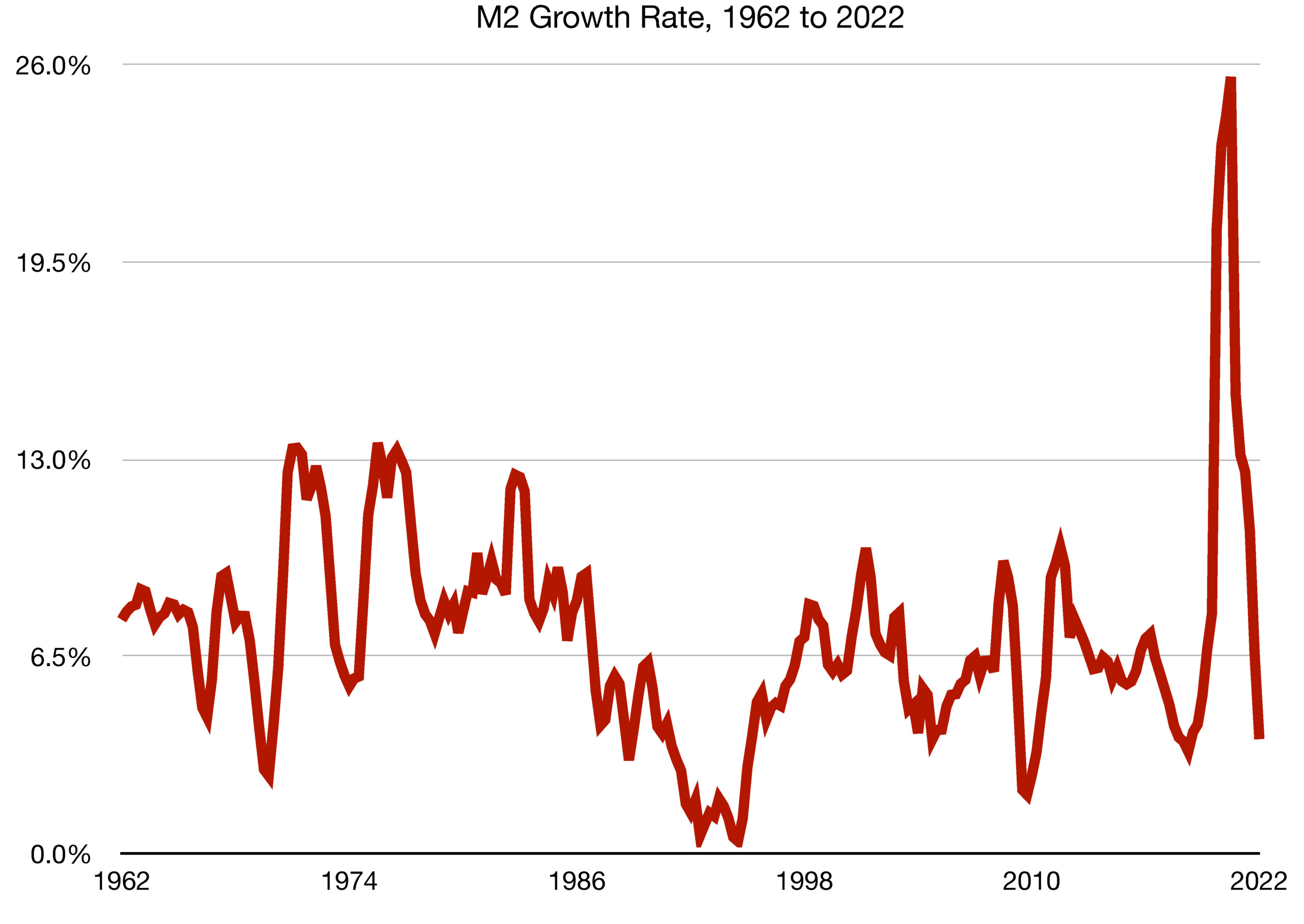 To combat this inflationary pressure, the Fed constrained M2 growth, with the inflation rate surpassing M2 growth in the second quarter of 2022 when inflation reached upwards of 9%. This constraint on M2 contributed to the emergence of a recessionary environment, as evidenced by two consecutive quarters of negative GDP growth. Yet inflation remains at 40-year highs, having measured in at 8.2% recently, just a 0.8% fall from this year’s highs. The Fed signaled it is willing to continue raising short-term interest rates to bring inflation under control, but such increases may be tempered in the future by the Fed’s motivation to avoid an extensive recession. (Sources: BLS, Federal Reserve Bank of St. Louis)
To combat this inflationary pressure, the Fed constrained M2 growth, with the inflation rate surpassing M2 growth in the second quarter of 2022 when inflation reached upwards of 9%. This constraint on M2 contributed to the emergence of a recessionary environment, as evidenced by two consecutive quarters of negative GDP growth. Yet inflation remains at 40-year highs, having measured in at 8.2% recently, just a 0.8% fall from this year’s highs. The Fed signaled it is willing to continue raising short-term interest rates to bring inflation under control, but such increases may be tempered in the future by the Fed’s motivation to avoid an extensive recession. (Sources: BLS, Federal Reserve Bank of St. Louis)